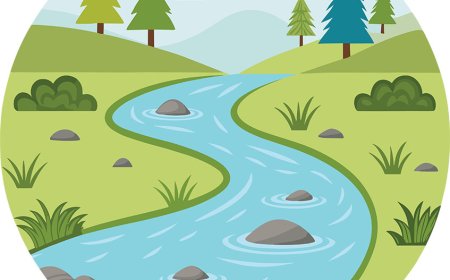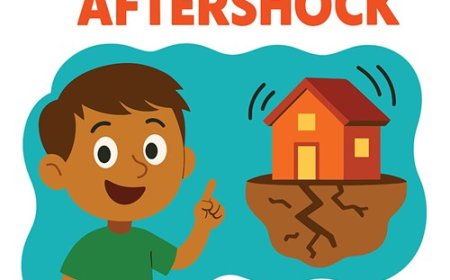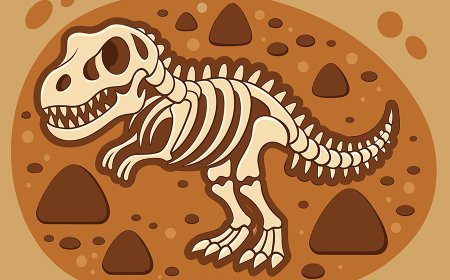What Is Electricity for Students – Simple Guide
Learn what electricity is how it works and why it matters with examples vocabulary fun facts and a student quiz.
⚡ What Is Electricity?
🌟 Introduction
Electricity is one of the most important forms of energy in the modern world. Without it, our lives would be completely different. Imagine a day without lights, computers, refrigerators, or even the internet - everything would feel slower and harder. Electricity makes life easier, faster, and more connected.
We use electricity every single day, often without even thinking about it. It powers the lights in our classrooms, charges our phones at night, keeps our food cold in the fridge, and even runs life-saving machines in hospitals. But electricity isn't magic - it's a natural form of energy that can be produced, stored, and controlled.
While we can't "see" electricity moving through wires, we can observe its effects all around us. From the tiny spark of static electricity when you touch a doorknob, to the massive lightning bolts during a storm, electricity is a powerful force that shapes our world. Understanding how it works is the first step to using it safely and responsibly.
🔍 The Science Behind Electricity
At the smallest level, electricity is the movement of electric charges. Every atom - the building block of all matter - contains tiny particles. One of these particles, the electron, has a negative electric charge. When electrons move from one place to another, they create electricity.
There are two main ways electricity appears:
-
Static electricity - When electric charges build up on an object and stay in place until released.
-
Current electricity - When electric charges (electrons) flow continuously through a conductor, such as a wire. This is the type we use to power homes, schools, and businesses.
⚙ Types of Electricity in Everyday Life
-
Static Electricity - Causes your hair to stand up after removing a hat, or makes a balloon stick to the wall.
-
Current Electricity - Runs through wires to power lights, TVs, and computers.
🔌 How We Use Electricity
Electricity is everywhere in our daily lives:
-
Lighting - Streetlights, lamps, flashlights.
-
Electronics - Phones, tablets, gaming consoles.
-
Appliances - Ovens, washing machines, microwaves.
-
Transportation - Electric trains, subways, and cars.
-
Medical Equipment - X-ray machines, heart monitors, and ventilators.
🛠 How Electricity Is Made
Electricity is generated by converting another form of energy into electrical energy:
-
Non-renewable sources - Coal, oil, and natural gas burned in power plants to spin turbines connected to generators.
-
Renewable sources - Solar panels that capture sunlight, wind turbines that use moving air, and hydroelectric dams that harness water flow.
📚 Vocabulary Words
-
Electricity - Energy made by moving electric charges.
-
Electron - A tiny particle in atoms with a negative charge.
-
Static Electricity - Electric charges that build up and stay in one place.
-
Current Electricity - Electricity that flows through a conductor.
-
Conductor - A material that allows electricity to flow easily (like copper).
-
Generator - A machine that changes motion into electricity.
✨ Fun Facts
-
A lightning bolt can be over 3 miles long and contain millions of volts.
-
Electricity can travel through wires at almost the speed of light.
-
Benjamin Franklin's kite experiment helped prove that lightning is a form of electricity.
📌 Key Takeaways
-
Electricity is the movement of electric charges, usually electrons.
-
It comes in two main types: static (build-up) and current (flow).
-
We use electricity for lighting, electronics, appliances, transportation, and medicine.
-
It can be generated from both renewable and non-renewable sources.
-
Understanding electricity helps us use it safely and efficiently.
🖱 Interactive Multiple-Choice Quiz
1. What tiny particle moves to create electricity?
A) Proton
B) Electron
C) Neutron
D) Atom
2. Which type of electricity flows continuously through wires?
A) Static electricity
B) Current electricity
C) Stored electricity
D) Magnetic electricity
3. Which of these is a renewable source of electricity?
A) Coal
B) Oil
C) Solar power
D) Natural gas
4. What is a conductor?
A) A device that stores electricity
B) A material that blocks electricity
C) A machine that creates electricity
D) A material that allows electricity to flow
5. Lightning is an example of:
A) Current electricity
B) Static electricity
C) Magnetic energy
D) Stored energy






















































